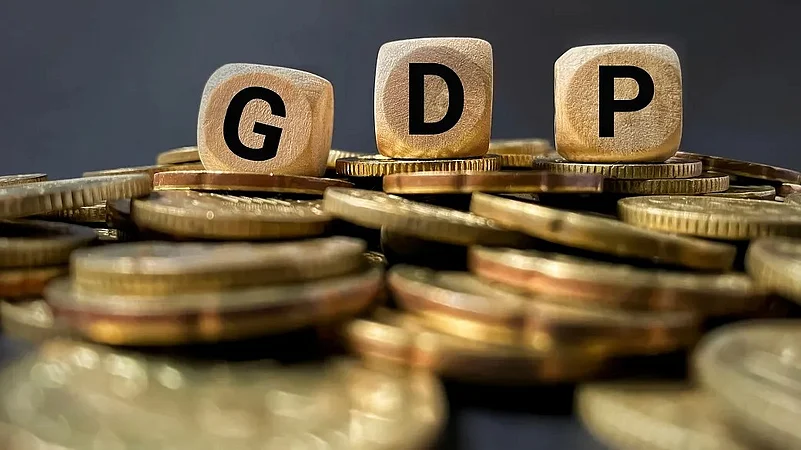Font size:
Print
India’s Declining 10-Year Bond Yields
Context:
India’s 10-year bond yields have witnessed a sharp decline ahead of the RBI’s monetary policy review on April 9, 2025. The fall in bond yields is attributed to the RBI’s announcement of an open market purchase of Rs 80,000 crore worth of bonds in April. The decline reflects market expectations of a rate cut, although it does not guarantee an immediate reduction in interest rates.
Understanding Bond Yields and Market Reactions
- Bond yield refers to the return an investor earns on a bond until maturity.
- When bond yields fall, bond prices rise, indicating higher demand for bonds.
- A sharp decline in yields signals expectations of lower future interest rates, improved liquidity, or policy easing by the central bank.
- Indian bond yields closely follow the movement of US Treasury yields, which have declined due to risk aversion amid global economic uncertainties.
Global Factors Influencing Indian Bond Yields
- US Treasury Yields:
- The 10-year US Treasury yield fell to 4.12% on April 2, its lowest since December 2024.
- Investors are moving towards safer assets, anticipating Trump’s new tariff policies.
- Federal Reserve Policy:
- The US Federal Reserve is expected to keep interest rates unchanged, with possible rate cuts later in 2025.
- Interest rate futures have priced in 65 basis points (bps) of rate cuts for 2025.
- Geopolitical Uncertainty:
- Global market concerns, such as trade disputes and economic slowdowns, are affecting investor sentiment.
Domestic Factors Driving Bond Yield Decline
- RBI’s Liquidity Measures: RBI announced four Open Market Operations (OMOs) of ₹20,000 crore each, injecting ₹5.5 lakh crore of durable liquidity into the system.
- Three Variable Rate Repo (VRR) auctions maturing by April 7 total ₹1.81 lakh crore, while Standing Deposit Facility (SDF) is expected to manage liquidity pressures.
- Inflation and Economic Indicators: CPI-based inflation in February stayed at 3.61%, remaining within RBI’s comfort zone, while WPI Food Index inflation fell from 5.97% (January) to 3.75% (February).
- India’s Manufacturing PMI increased to 58.1 in March, indicating strong demand and economic activity.
Expectations from the RBI Monetary Policy Review
- Possible Policy Actions:
- Repo Rate Cut: Speculation of a 25-50 bps repo rate cut, with 25 bps being more likely.
- Cash Reserve Ratio (CRR) Cut: May be considered to enhance liquidity further.
- Change in Policy Stance: A shift from a neutral to an accommodative stance is possible.
- Impact on Banks and Credit Growth:
- Banks are unlikely to immediately lower deposit rates due to end-of-March resource constraints.
- Credit demand is moderate, allowing banks time to align lending and deposit rates.
- Any reduction in lending rates will likely be gradual.
Market Implications of Bond Yield Decline
- Lower borrowing costs:
- Falling bond yields reduce government borrowing costs, easing fiscal pressure.
- Lower interest rates can boost corporate investments and stimulate economic growth.
- Stock Market Response:
- Bond yield declines generally support equity markets, as investors shift from fixed-income securities to stocks.
- Positive for sectors dependent on borrowed capital, such as real estate, banking, and infrastructure.
- Foreign Investment Flows:
- Lower bond yields may reduce returns for foreign investors, affecting debt market inflows.
- However, stable inflation and growth prospects make India attractive for long-term investments.


